Siân Harrington asks what the prognosis is for Morrisons
We only need our existing customers to spend £2 more per basket, says Sir Ken Morrison. But this is easier said than done in an environment where his rivals are fighting tooth and nail for every last customer penny.
Announcing Morrisons’ annual results this week, Sir Ken and his team were talking a good story, but you couldn’t help but detect a hint of defensiveness. On the face of it, the message was upbeat: a boardroom shuffle in an attempt to be more City-friendly, like-for-likes at core Morrisons’ stores up 4.6% excluding fuel, and sales at converted Safeways up 9%.
Add to this the fact that the store conversion programme is a year ahead of schedule, that customer spend is up £2 per basket in converted stores and sales per sq ft are up from £14 to £18, and you could be forgiven for thinking the retailer is getting on top of the Safeway problem.
However, the underlying message appears to be - don’t expect much sales uplift over the coming year. Turnover is expected to remain flat for the year to January 2006 at about £12.3bn, similar to the £12.1bn the company reported this week.
“Morrisons’ like-for-like growth in its core stores is not wonderful and the rest of the business is not in great shape. It will be a tough year for Morrisons,” says Ingrid Boon, analyst at Investec.
And with the store conversion programme being accelerated to four a week - to 359 Morrisons stores by the end of 2005 - this financial year’s exceptional costs of £72.4m associated with the programme will more than double over the coming year - to over £200m, says Mike Dennis, food retail analyst at CAI Cheuvreux.
Morrisons concedes the task of converting Safeway has been challenging, but says it is satisfied with progress.
“It was always a property deal,” says Sir Ken, who stresses that trading will pick up next year. “Based on the encouraging results we have seen in the converted stores to date, we remain confident of achieving a
significant improvement in performance in 2006/2007,”he says.
And newly promoted chief executive Bob Stott says that, despite the competition, the group is buying better and will “look to protect volume first and foremost” so that the customer offer in-store remains strong.
He admits, however, that average spend in converted stores is still £4 beneath the Morrisons average, saying: “There are further opportunities to convert secondary shoppers to primary shoppers.”
And he concedes converted stores in areas where the Morrisons brand is weaker, such as in Scotland and the south, are a “slow burn”, he says. “The uplift comes, but more gradually than in areas where the brand is extremely well known,” he says.
The company still refuses to be drawn further on future disposals, but confirms the future of 90 stores is still in the balance. These include those stores that have to be divested under the OFT takeover rules, some that Morrisons still wants to convert and some it will keep under the Safeway fascia as “development opportunities”.
The company “will be talking to others” about the remainder, says Stott. These are thought to include the Northern Ireland stores, in which Asda is believed to be interested. There is also no news on the BP joint venture.
There may be some good news. The £40m owed by suppliers and taken off this year’s figures will come back at some stage, although how much is still to be confirmed. According to the company, it will take time to unravel which suppliers owe what payment and against what date. “It involves a very long list and there is no real audit trail,” says Sir Ken.
And trading for the six weeks to March 13 shows like-for-like sales in converted stores up 11.3%, excluding fuel, and customer numbers up 21.8%.
But even if the picture for 2006/2007 looks rosier, the question still remains: where will growth come from, given that Morrisons does not seem to have any desire to follow consumer trends to convenience, online shopping and non-food?
Morrison's figures
>>The Highlights
We only need our existing customers to spend £2 more per basket, says Sir Ken Morrison. But this is easier said than done in an environment where his rivals are fighting tooth and nail for every last customer penny.
Announcing Morrisons’ annual results this week, Sir Ken and his team were talking a good story, but you couldn’t help but detect a hint of defensiveness. On the face of it, the message was upbeat: a boardroom shuffle in an attempt to be more City-friendly, like-for-likes at core Morrisons’ stores up 4.6% excluding fuel, and sales at converted Safeways up 9%.
Add to this the fact that the store conversion programme is a year ahead of schedule, that customer spend is up £2 per basket in converted stores and sales per sq ft are up from £14 to £18, and you could be forgiven for thinking the retailer is getting on top of the Safeway problem.
However, the underlying message appears to be - don’t expect much sales uplift over the coming year. Turnover is expected to remain flat for the year to January 2006 at about £12.3bn, similar to the £12.1bn the company reported this week.
“Morrisons’ like-for-like growth in its core stores is not wonderful and the rest of the business is not in great shape. It will be a tough year for Morrisons,” says Ingrid Boon, analyst at Investec.
And with the store conversion programme being accelerated to four a week - to 359 Morrisons stores by the end of 2005 - this financial year’s exceptional costs of £72.4m associated with the programme will more than double over the coming year - to over £200m, says Mike Dennis, food retail analyst at CAI Cheuvreux.
Morrisons concedes the task of converting Safeway has been challenging, but says it is satisfied with progress.
“It was always a property deal,” says Sir Ken, who stresses that trading will pick up next year. “Based on the encouraging results we have seen in the converted stores to date, we remain confident of achieving a
significant improvement in performance in 2006/2007,”he says.
And newly promoted chief executive Bob Stott says that, despite the competition, the group is buying better and will “look to protect volume first and foremost” so that the customer offer in-store remains strong.
He admits, however, that average spend in converted stores is still £4 beneath the Morrisons average, saying: “There are further opportunities to convert secondary shoppers to primary shoppers.”
And he concedes converted stores in areas where the Morrisons brand is weaker, such as in Scotland and the south, are a “slow burn”, he says. “The uplift comes, but more gradually than in areas where the brand is extremely well known,” he says.
The company still refuses to be drawn further on future disposals, but confirms the future of 90 stores is still in the balance. These include those stores that have to be divested under the OFT takeover rules, some that Morrisons still wants to convert and some it will keep under the Safeway fascia as “development opportunities”.
The company “will be talking to others” about the remainder, says Stott. These are thought to include the Northern Ireland stores, in which Asda is believed to be interested. There is also no news on the BP joint venture.
There may be some good news. The £40m owed by suppliers and taken off this year’s figures will come back at some stage, although how much is still to be confirmed. According to the company, it will take time to unravel which suppliers owe what payment and against what date. “It involves a very long list and there is no real audit trail,” says Sir Ken.
And trading for the six weeks to March 13 shows like-for-like sales in converted stores up 11.3%, excluding fuel, and customer numbers up 21.8%.
But even if the picture for 2006/2007 looks rosier, the question still remains: where will growth come from, given that Morrisons does not seem to have any desire to follow consumer trends to convenience, online shopping and non-food?
Morrison's figures
>>The Highlights
- Turnover:£12.1bn
- £5.9bn from core Morrisns estate, like-for-likes up 10.9% (9% excl fuel)
- Unconverted Safeway stores, like-for-likes down 6.8% (8.9 excl fuel)
- Operating profit before exceptional costs of £380.3m (3.1% of turnover)
- Customer numbers up 21.8% in conversions for six weeks to March 13
- 57 stores converted during 2004; now four per week
- Post-conversion, customer spend averaging at £21, up £2 per basket
- Sales per sq ft up from £14 to £18 (three-year target of £19.72)







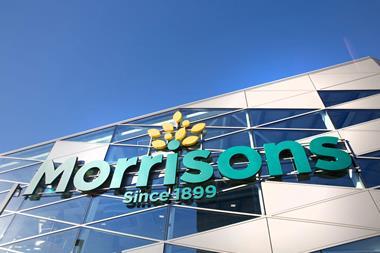
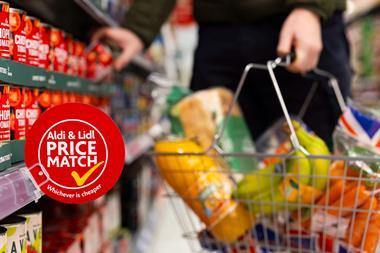
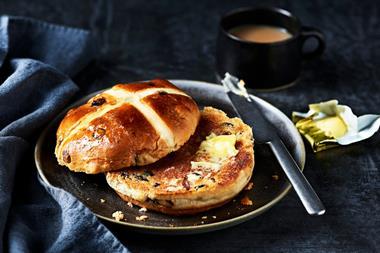
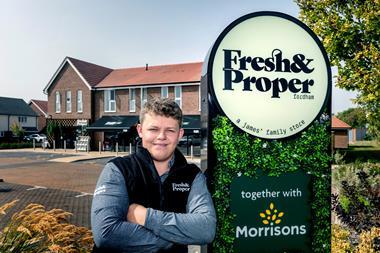
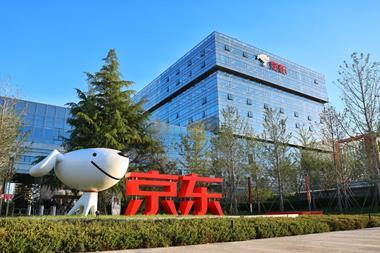

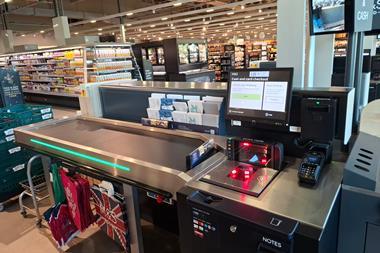
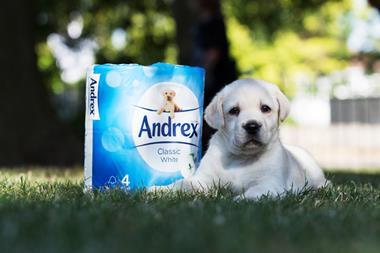
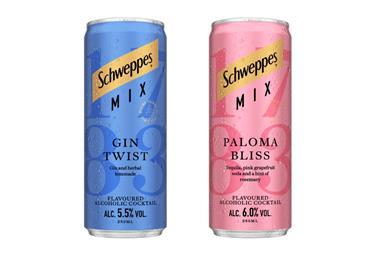


No comments yet